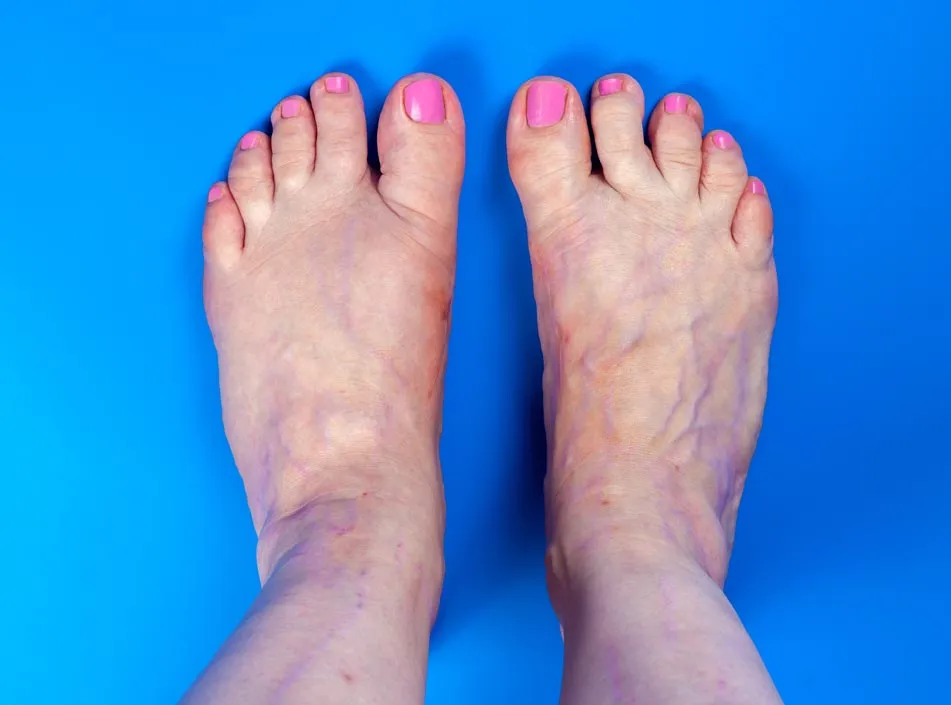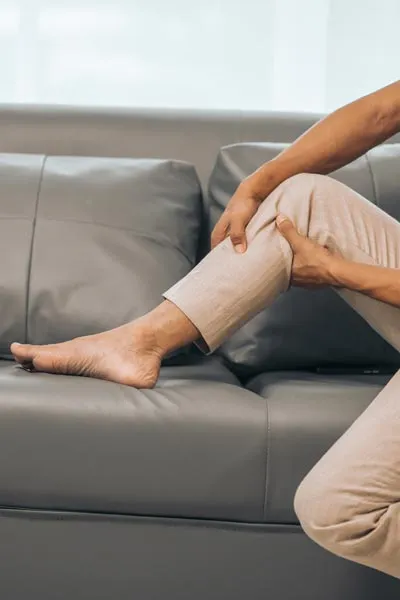
Pes anserine bursitis describes a condition where there is inflammation of the fluid-filled sac (bursa), located on the inner side of the upper shin, just below the knee joint. This bursa cushions and protects the tendons of three muscles – the sartorius, gracilis and semitendinosus – as they run across the tibia (shinbone). When the bursa and or tendons becomes irritated or inflamed, it can cause pain, swelling, and localised tenderness in the area.

Pes anserine bursitis is most common in individuals who engage in activities that involve repetitive stress on the inner knee, such as running, cycling, squatting, or climbing stairs. It is also prevalent among athletes who participate in high-impact sports like basketball, volleyball, and soccer. Additionally, individuals who are overweight are at an increased risk due to the extra strain on the knee joint tendons.

The primary symptom of pes anserine bursitis is pain on the inner side of the upper shinbone, just below the knee. The pain is often aggravated by activities that involve bending or flexing the knee, such as squatting, climbing stairs, or sitting for extended periods. Other symptoms may include:

A healthcare professional will typically diagnose pes anserine bursitis based on a thorough medical history, physical examination, and imaging tests. The physical examination will focus on assessing for localised pain and tenderness. Imaging tests, such as an ultrasound or MRI, may be used to confirm the diagnosis and rule out other potential causes of knee pain. The doctor will use ultrasound to look for a fluid-filled bursa in the region of the pes anserine tendon insertion and will also assess for localised tenderness with pressure from the ultrasound probe.
Treatment for pes anserine bursitis typically involves conservative measures, such as:

In some cases, additional treatment options may be considered, such as:

At The Joint Injection Clinic, corticosteroid injections are performed after a thorough consent process, whereby the risk and benefits of the procedure are discussed in detail with your doctor. The experienced medical doctor will then place you in a side-lying position on the bed with the inner side of the affected knee facing upwards. The skin is cleaned using a cleaning solution to ensure that the procedure is performed under sterile conditions. Local anaesthetic is sometimes injected from the skin to the bursa under ultrasound guidance. After giving the local anaesthetic a few minutes to take effect, the bursa injection is performed with a small dose of steroid and local anaesthetic, targeting the bursa/pes anserine tendon insertion.
The injection itself is normally completed within 30-60 seconds, after which a plaster is applied and post-injection advice is given. The patient is advised to look out for any signs of infection, specifically to check whether the local area becomes red, hot, tender, swollen or if they develop a fever. If this occurs then the patient is asked to contact the clinic immediately at which time a formal reassessment will occur and if needed oral antibiotics can be prescribed. The patient is also warned that following any injection they may notice a short-term worsening or flare in their symptoms after the local anaesthetic has worn off (4-5 hours). This may last for 3-5 days and the patient is advised to consider icing of the area using an ice pack for 10-15 minutes every hour as required.
Surgery is rarely considered for pes anserine bursitis and is typically only recommended if conservative measures have failed to provide relief.
If you experience persistent pain or discomfort on the inner side of your knee, it is essential to consult a healthcare professional for proper diagnosis and treatment. Early intervention can help prevent further injury and improve overall knee function.